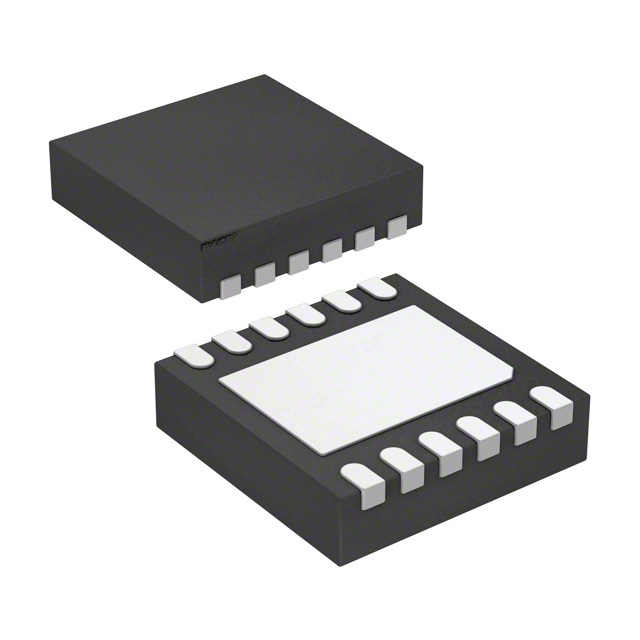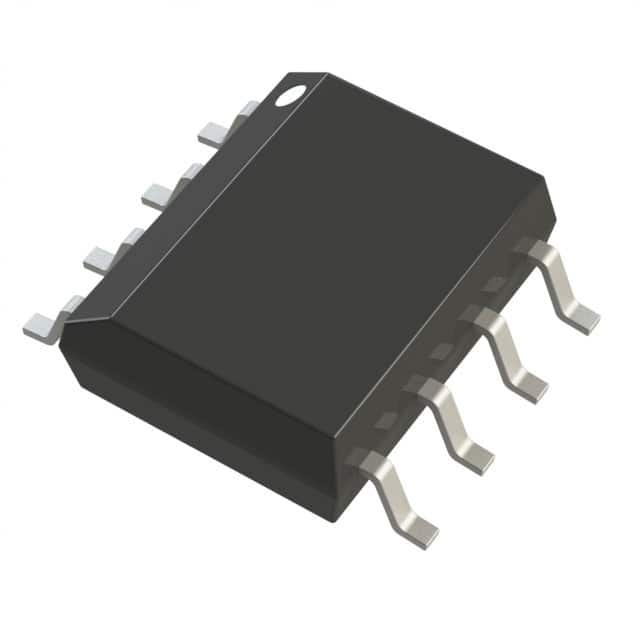Ⅰ. PMIC - Current Regulation/Management
Ⅱ. Physical Characteristics of PMIC - Current Regulation/Management
Ⅲ. Electrical Characteristics of PMIC - Current Regulation/Management
PMIC Current regulation and management are essential functions provided by Power Management Integrated Circuits (PMICs). PMICs incorporate various features and techniques to control, monitor, and manage the current flowing through different components and subsystems in an electronic system. Here are some common aspects of current regulation and management in PMICs:

1.Current Sensing: PMICs typically include current sensing circuitry that allows them to monitor the current flowing through specific paths or components. This can be achieved using techniques such as current sensing resistors, current transformers, or Hall effect sensors. By accurately measuring the current, PMICs can provide feedback for controlling and regulating the current flow.
2.Current Limiting: PMICs often incorporate current limit functionality to protect the system and its components from excessive current. When the current exceeds a certain threshold, the PMIC can take action to limit the current to a safe level. This can involve reducing the voltage, adjusting the duty cycle of switching components, or triggering a shutdown to prevent damage or overheating.
3.Current Regulation: PMICs can regulate the current flowing through various subsystems or loads. This is achieved by controlling the output voltage or duty cycle of switching components, such as DC-DC converters or voltage regulators. By maintaining a stable current, PMICs ensure proper operation of the system and prevent damage due to overcurrent or voltage fluctuations.
4.Load Switching: PMICs often incorporate load switches that allow for controlled on/off switching of specific loads or subsystems. These load switches can handle high currents and provide protection against short circuits or excessive current draw. By selectively enabling or disabling loads, PMICs help manage the overall current consumption of the system.
5.Power Path Management: PMICs may include power path management features, such as multiple input sources or battery charging/discharging control. These features ensure efficient utilization of power sources and prevent current surges or imbalances during transitions between power sources.
6.Dynamic Current Adjustment: Some PMICs provide the capability to dynamically adjust the current limits or current regulation parameters based on system requirements or specific operating conditions. This flexibility allows for optimal utilization of power resources and improved system performance.
7.Fault Protection: PMICs incorporate various protection mechanisms to safeguard against faults, such as overcurrent conditions. These protection features can include current monitoring, overcurrent detection, and response actions like shutdown or fault reporting.
The specific current regulation and management capabilities of PMICs can vary depending on the application and the intended use of the device. It is important to consult the datasheet or product documentation provided by the manufacturer to understand the specific features and performance characteristics related to current regulation and management for a particular PMIC.
Physical Characteristics of PMIC - Current Regulation/Management
The physical characteristics of Power Management Integrated Circuits (PMICs) primarily focus on the package type, size, and pin configuration, rather than being directly related to current regulation and management. The physical characteristics of PMICs are determined by factors such as form factor, integration level, and the intended application. However, here are some common physical characteristics of PMICs that indirectly impact current regulation and management:
1.Package Type: PMICs are available in various package types, including surface mount packages (such as QFN, BGA, or WLCSP) and through-hole packages (such as DIP or TO-220). The choice of package type depends on factors such as board space, power dissipation requirements, and manufacturing processes.
2.Size: PMICs come in different sizes, ranging from small, compact packages suitable for mobile devices and wearables to larger packages for high-power applications. The size of the PMIC can impact the overall form factor and integration capabilities of the system.
3.Thermal Considerations: PMICs often generate heat during operation, especially in high-current applications. Thermal management features such as exposed thermal pads, integrated heatsinks, or heat spreaders may be incorporated to dissipate heat efficiently and maintain optimal operating temperatures.
4.Pin Configuration: PMICs have specific pin configurations to facilitate connectivity with the system. The number and arrangement of pins depend on the functionality and features of the PMIC. These pins typically include power supply inputs, ground connections, control inputs, and outputs for regulated voltage and current.
5.Markings and Labels: PMICs typically have markings and labels on their surface to indicate important information such as manufacturer, part number, pin functions, and specifications. These markings help with identification and proper usage of the PMIC.
It is important to note that while these physical characteristics may indirectly impact current regulation and management, the specific electrical and functional features of the PMIC primarily determine its capabilities in current regulation and management. Therefore, it is recommended to refer to the datasheet or product documentation provided by the manufacturer for detailed information on the electrical and functional characteristics of a specific PMIC regarding current regulation and management.

Electrical Characteristics of PMIC - Current Regulation/Management
The electrical characteristics of Power Management Integrated Circuits (PMICs) are key factors in their ability to regulate and manage current in electronic systems. These electrical characteristics directly influence the performance and functionality of the PMIC in current regulation and management. Here are some important electrical characteristics related to current regulation and management in PMICs:
1.Current Sensing Range: PMICs have a specified current sensing range that indicates the minimum and maximum current levels they can accurately measure. This range defines the sensitivity and accuracy of the current sensing circuitry within the PMIC.
2.Current Limit Threshold: PMICs feature a current limit threshold, which determines the maximum allowable current before the PMIC takes action to limit or control the current flow. This threshold is typically programmable and can be set to a specific value depending on the application requirements.
3.Current Regulation Accuracy: PMICs provide a current regulation accuracy specification, which indicates the level of precision with which the PMIC can regulate and maintain the desired current level. It specifies the maximum allowable deviation from the target current value.
4.Output Current Capability: PMICs have a maximum output current capability that defines the maximum amount of current the PMIC can deliver to power the load. This specification ensures that the PMIC can handle the current requirements of the system without exceeding its limitations.
5.Current Regulation Response Time: PMICs have a specified current regulation response time, which represents the time it takes for the PMIC to respond to changes in the load current and regulate it to the desired level. A faster response time allows for quicker adjustment and stabilization of the current.
6.Current Control Interfaces: PMICs may provide various interfaces or control inputs to adjust and configure the current regulation parameters. These interfaces can include analog control inputs, digital interfaces (such as I2C or SPI), or dedicated control pins for setting current limits and regulation parameters.
7.Load Transient Response: PMICs exhibit a load transient response characteristic, which defines how quickly and effectively the PMIC can respond to sudden changes in the load current. A good load transient response ensures stable and accurate current regulation during dynamic load conditions.
8.Efficiency: PMICs' efficiency is an important electrical characteristic, especially in current regulation and management. Higher efficiency translates to reduced power losses and heat dissipation, resulting in improved overall current regulation performance.
9.Protection Features: PMICs often include protection features related to current regulation and management. These features may include overcurrent protection, short-circuit protection, and thermal shutdown to safeguard the system and the PMIC from faults and failures.
These electrical characteristics, along with other specifications such as voltage regulation, voltage conversion efficiency, and operating temperature range, collectively determine the PMIC's effectiveness in current regulation and management. It's essential to consult the datasheet or product documentation provided by the manufacturer for detailed information on the electrical characteristics of a specific PMIC regarding current regulation and management.
标签:PMIC management



